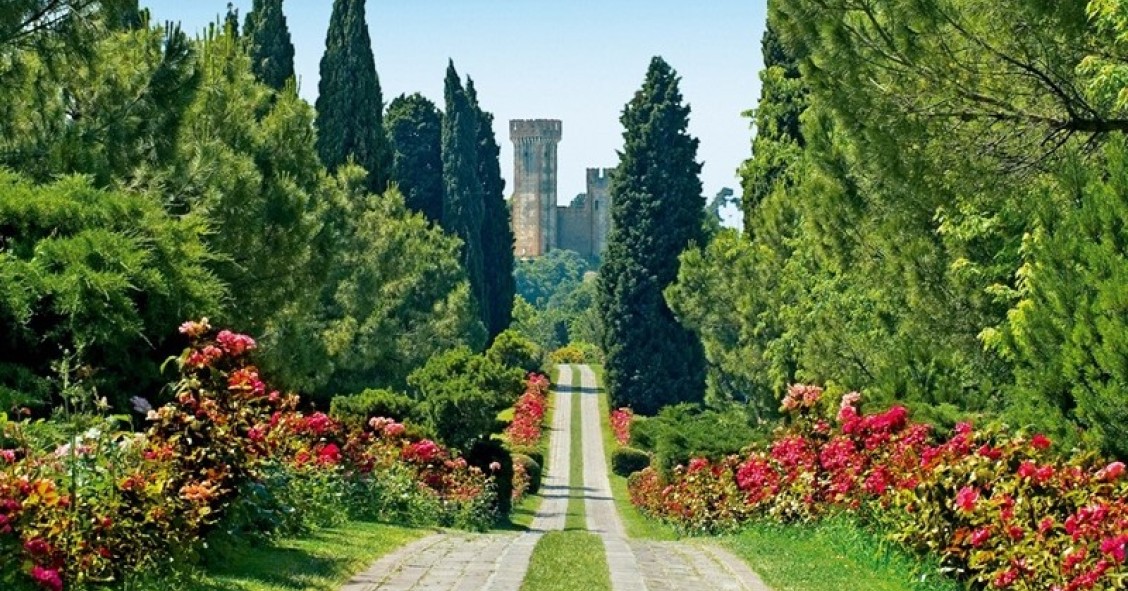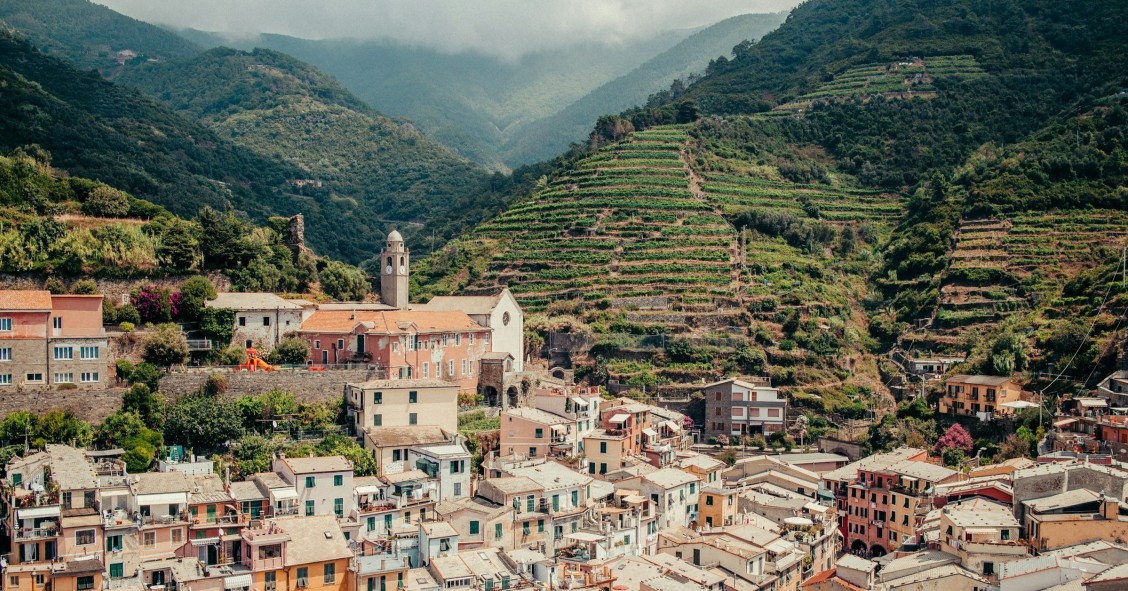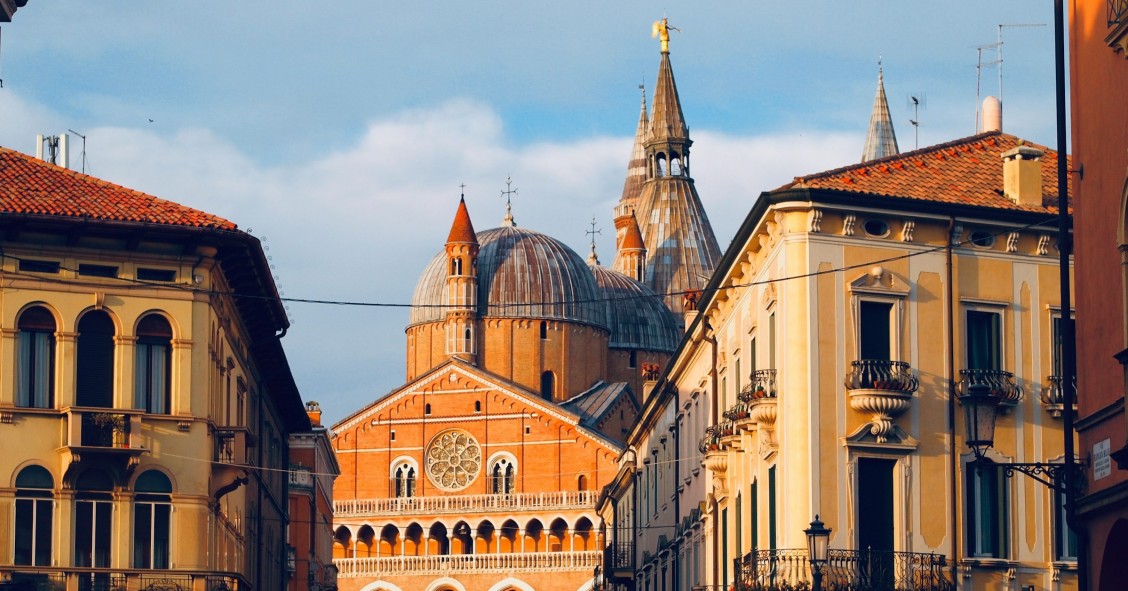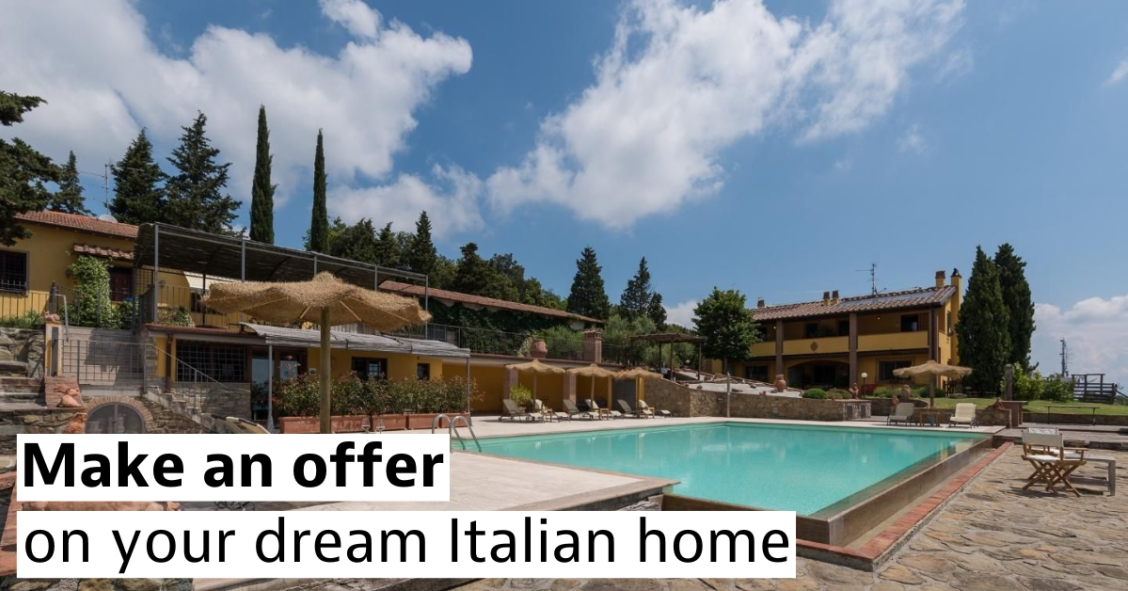
A prefabricated house can be the right choice for you if you are looking to buy a flexible home in Italy that is adaptable to every need and economic as well. There is a wide range of models available in wood, steel or concrete, with very different prices and features depending on the uses and options chosen. idealista/news has prepared a guide to help you choose the best prefabricated house for you.
Prefabricated houses and permits
If you wish to install a prefabricated house in Italy you have to follow the same bureaucratic procedure as for traditional homes, as it is a building project to all intents and purposes. The first step, therefore, is the geological survey. It is then up to the municipal administration to grant or deny the building permit and authorisation.
Characteristics, costs and prices of prefabricated houses in Italy
What do prefabricated houses look like? They can be made of any type of material, one for every taste. The advantage in terms of price is that the construction costs are usually known in advance, without any surprises. In general, turnkey prefabricated houses have a price that fluctuates, with good approximation, around 1,500 euros/m2 (plus VAT). Costs vary, however, depending on the material used: a prefabricated house in masonry will have different costs from made out of wood or metal.
Prefabricated concrete houses have the added value of a raw material that has always played a leading role in the construction world and guarantees efficiency and durability. On average, the construction of 200 m2 costs 400,000 euros for a turnkey solution that includes foundations and connections.
Wood can be used to build energy-efficient prefabricated houses with high levels of bioclimatic comfort. The basic costs of prefabricated wooden houses are around 1,400 euros/m2 excluding foundations and statutory VAT.
Building a prefabricated steel home means using a material that is at the same time strong, light and flexible, with the best possible response to an earthquake, without affecting the architectural appearance, which can be modelled as desired. The price per square metre for a house of more than 200 m2 is around 1450 euro, and around 1600 for a house of 110 m2.

Prefab houses in the city for remote working
Thanks to their flexibility and low cost, prefabricated houses are particularly suited to meeting and facilitating new housing trends and ideas. A prefabricated house is suitable for those who want a mini-home but also a stylish home, to recover disused spaces without sacrificing elegance, as in the case of this prefabricated house in Latvia.

The urban applications of prefabs can be endless and very useful. For example, small prefabs can even be used in the city as bars or as spaces to rent for remote working, or even, as in the case of the Chandler Boulevard Bridge Home Village, designed by Lehrer Architects in Los Angeles, as a shelter for the homeless.

In the city, prefabricated homes can revolutionise urban schemes with design solutions such as the terraced houses in Vale de Cambra, a small town in the metropolitan area of Porto, or eco-sustainable solutions such as the Barbizon residential complex in the Dutch city of Capelle aan den IJsse.
Prefabricated houses in nature and for tourism
Those who love a certain kind of tourism and immersion in natural landscapes may find prefabricated houses an excellent ally. An innovative form of living in contact with nature are the prefabricated huts designed by Koto Design, in collaboration with Aylott & Van Tromp.

The Road-Haus built by Wheelhaus, founded by Jamie Mackay in 2006, on the other hand, is a mini-home that defies the clichés of confined spaces with high ceilings and large windows, and is mounted on wheels so that it can be transported through any type of landscape. Still on the subject of prefabricated mini-homes, studio ŠA Atelier and steel and furniture manufacturer Piritas have produced a glass and steel mini-home that offers a modern solution for all the comforts of country life, despite having only 23 m2.

Also in Turkey you will find a completely sustainable prefabricated house with a breathtaking view of the Aegean Sea created by Teke Architects. For those who prefer the mountains, the "Climber's Refuge" has been built in the Cervinia ski resort: an ecologically sustainable tourist home designed by architect Luca Compri's studio, open to the public under the name of Chalet Blanc. A prefabricated house that perfectly follows and imitates the lines of the mountain.
Finally, for a completely eco-friendly prefabricated house, there is the prefabricated house made entirely of hemp, from the Dutch company Dun Agro.
Prefabricated houses sponsored by big companies
Prefabricated houses often bear the brand name of large international companies. For example, there are houses that are fully compatible with Apple or Tesla products, designed by Connect Homes. Or Living Homes, Plant Prefab's series of prefabricated houses, with Amazon Alexa-enabled smart home technology provided as standard.

Other times, companies simply participate in the financing of these constructions, as in the case of prefabricated houses by Factory OS, a Californian company specialising in building multi-family houses costing up to 40% less than conventional ones, thanks to the support of companies such as Facebook, Google, Citi and Autodesk, which recently participated in a new $55 million cash injection. In New Zealand, Panasonic has produced the first of ten prefabricated houses at Te Kauwhata in Waikato Province, in collaboration with a local developer. Or you can buy prefabricated houses directly on the Internet, perhaps on Aliexpress.






